The 11 Fastest-Growing Nut Trees for Fast Profits
If your goal is to grow nut trees that are known to grow quickly and yield profits faster, here's an article listing 11 of the fastest-growing nut trees that could bring you quick investment returns and keep you well-supplied with delicious nuts. With their rapid growth rates and high yields, these nut trees are a smart investment for any farmer or entrepreneur looking to capitalize on the growing demand for healthy and sustainable food.
The fastest-growing nut trees to plant for quick profits include almond, black walnut, English walnut, chestnut, hazelnut, pecan, butternut, heartnut, pistachio, macadamia, and hickory. These trees are profitable because of their rapid growth, and high market value attributed to their taste and nutritional content.
From the versatile hazelnut to the exotic macadamia, each of these trees offers unique benefits and opportunities for success. You’ll get to learn more about these nut trees as we explore them in detail below. You’ll also know the benefits of choosing fast-growing nut trees for your property as well as your profits.
Summary
- The top 11 fastest-growing nut trees are almond, black walnut, English walnut, chestnut, hazelnut, pecan, butternut, heartnut, pistachio, macadamia, and hickory.
- Hazelnut trees or shrubs are the fastest to grow among all nut trees, with the first harvest estimated to be within 2–4 years after planting.
- Opting for fast-growing nut trees for your land can increase your property's value, increase your income, and provide the environment with plenty of benefits.

On this page:
Top 11 Fast-Growing Nut Trees for Quick Profits
Below is a tabulated list of the 11 fast-growing nut trees, ranked based on the number of years it takes before the first harvest:
| Nut Tree | Years Before First Harvest |
|---|---|
| Hazelnut | 2–4 years |
| Almond | 3–5 years |
| Heartnut | 3–5 years |
| Chestnut | 3–7 years |
| Black walnut | 4–7 years |
| Pecan | 4–6 years |
| English walnut | 4–5 years |
| Macadamia | 5 years |
| Pistachio | 5–8 years |
| Butternut | 7–10 years |
| Hickory | 10–15 years |
These trees not only grow quickly but also provide a bountiful harvest, helping you establish an efficient and profitable agroforestry enterprise. Below, we have provided a quick overview of each.
1. Almond trees are one of the fastest-growing nut trees
Almonds begin to produce fruit within 3–5 years, with some claiming that they can fruit within 2–4 years. You can quickly elevate your nut production by planting almond trees, which are not only profitable but also relatively easy to maintain.
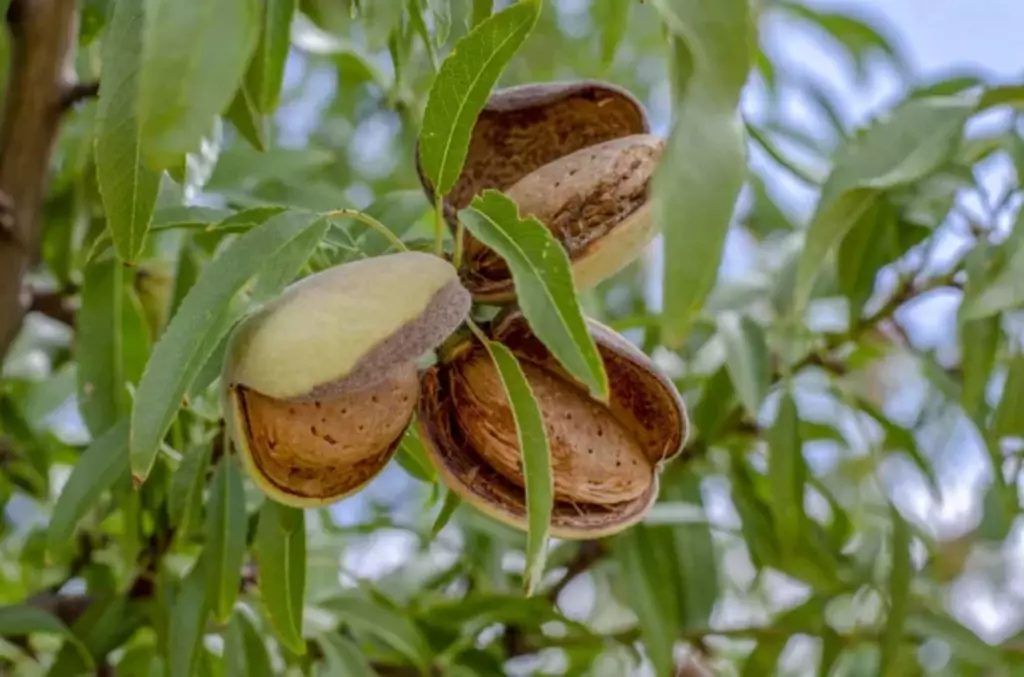
2. Black walnut trees produce nuts within 4–7 years
Black walnuts are known for their delicious flavor and can serve as a lucrative addition to your nut-growing operation. While they take at least 25 years to mature, these trees provide substantial dividends in terms of nut production and timber. They are known to bear fruit within 4 – 7 years.
3. Chestnut produces fruits within 3–7 years
Chestnuts are a reliable and fast-growing choice, taking just 3–7 years before yielding their first harvest. These hardy trees are also popular for their delicious and versatile nuts and are among the priciest types of nut trees.
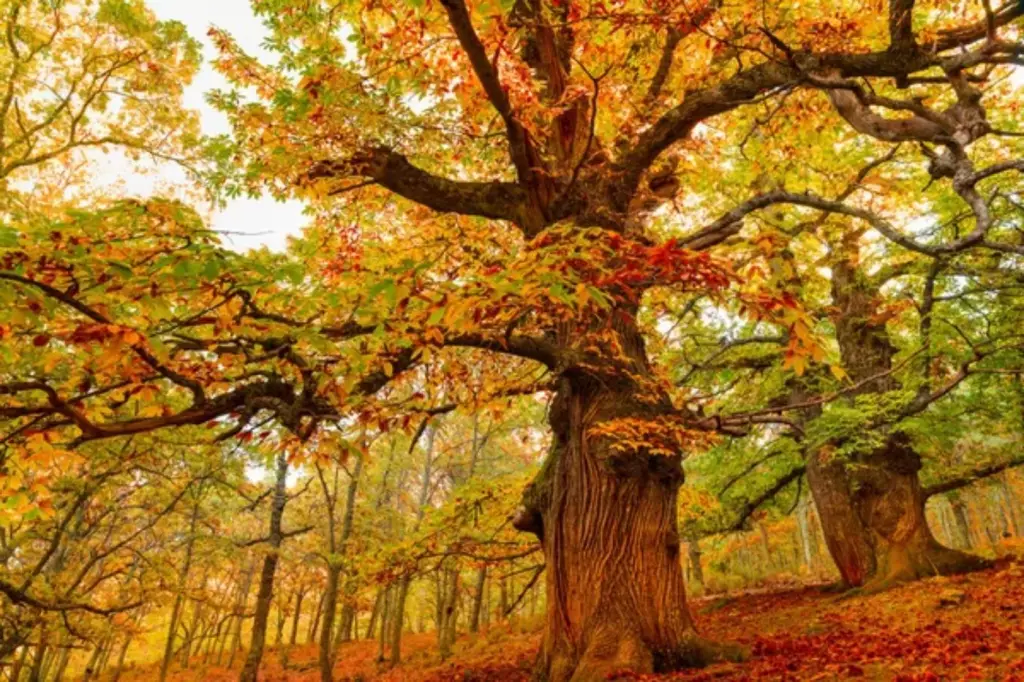
These nut trees require a less intensive level of care than other varieties and can be grown almost anywhere in the United States. Some varieties of chestnut can produce nuts in just 3–5 years.
4. Hazelnuts will begin producing nuts in 3 years

Hazelnuts, also called filberts, are a common nut that is extremely easy to grow. Although technically not a tree, but a shrub, these bushes reach maturity and start producing nuts at three years of age and are prolific producers.
5. Pecans begin bearing lightly in 4 years
Commercial pecan production can begin in as few as eight years. But it can start bearing lightly at 4 years, with yields increasing until the tree reaches 20 years of age.
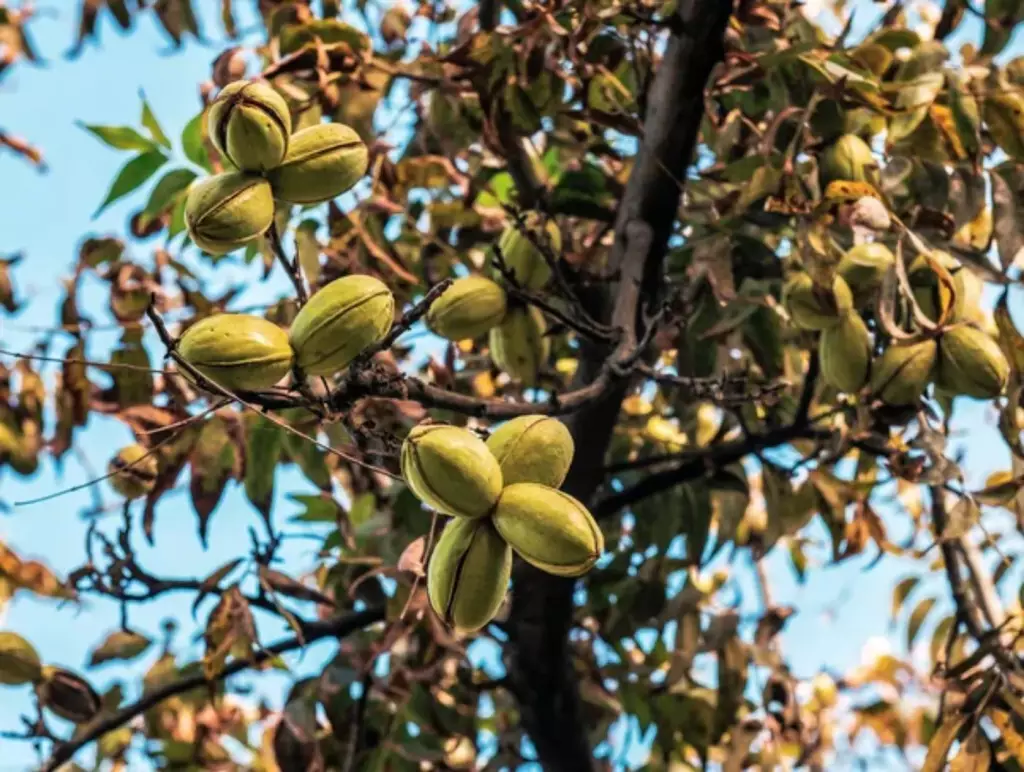
Not only do pecans produce a delicious and sought-after nut, but they can also provide a significant source of income. A mature pecan orchard can yield from 1,200 to 2,000 pounds of nuts per acre.
6. Macadamia trees bear small crops at about 5 years of age
The macadamia nut tree grows quickly and begins bearing small crops in about 5 years. However, they will only reach full production within 12–15 years. Known for their buttery flavor and rich nutritional profile, macadamia nuts are in high demand and can fetch premium prices.
7. Pistachios grow quickly and produce fruits within 5 years
Pistachio trees are another fast-growing option that produces a popular, nutrient-rich nut. These trees can begin to yield in as little as five years, providing a quick turnaround for your investment. However, you can only achieve full production of these nuts in about 7–8 years.
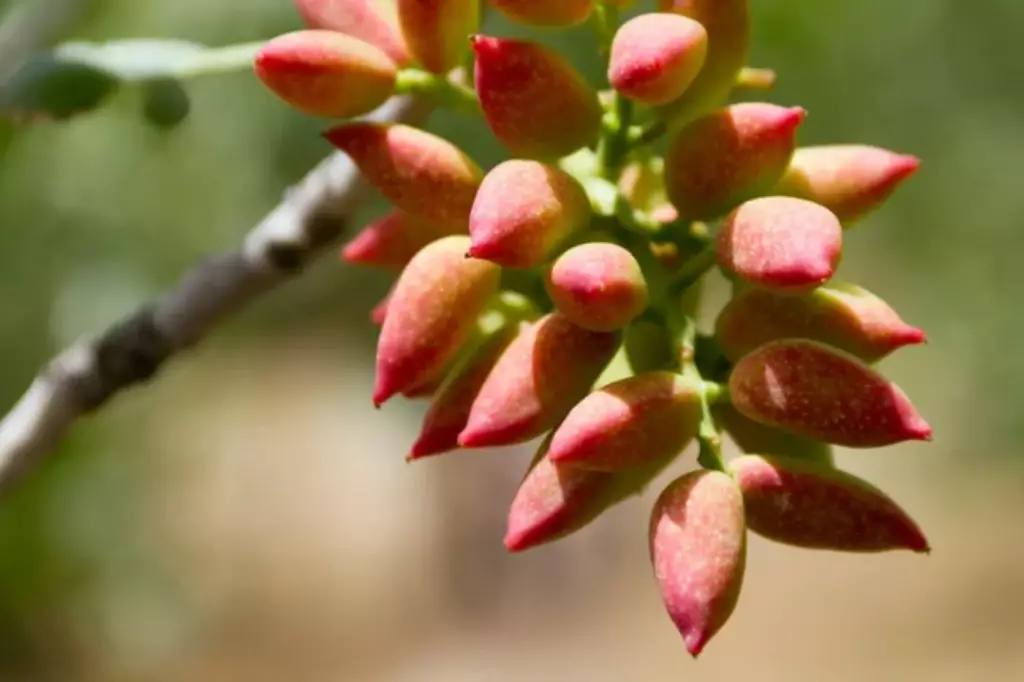
8. Hickory trees bear nuts only after 10–15 years
These trees may take decades to bear nuts, but they can live for centuries. Grafted hickory varieties may yield more reliable but not faster nut production. Hickory trees require a very long taproot before they can begin producing nuts.
Hickories are remarkably cold-hardy and well-adapted to disturbed areas and poor soils. They produce small, sweet nuts with extremely sturdy shells. These majestic trees can grow up to 60 feet tall and require cross-pollination with another variety of hickory for successful nut production.
9. Heartnut trees start bearing nuts within 3–5 years
Heartnut trees are generally considered to be moderate to fast-growing nut trees. They reach a height of 30–40 feet and a spread of 20–30 feet within 10–15 years under ideal conditions.
They typically begin to bear within 3–5 years of planting while grafted trees generally begin cropping earlier. However, it may take 6–8 years before trees produce enough nuts to make harvesting worthwhile.
10. English walnut trees fruit after around 5 years
This tree is known to produce mild-tasting, thinly shelled nuts that are easy to crack and are a favorite for fresh eating and baking. They will fruit after around five years and will produce increasingly plentiful crops as they establish themselves. The nuts ripen in mid-autumn and should fall naturally from the tree; harvesting is as simple as picking them up from the ground.
11. Butternut trees take 7–10 years to produce a crop
The butternut tree is a North American native and is one of the most tolerant known nut trees. Their rich, buttery-flavored nuts are popular for baking, confections, and fresh eating.
They begin to bear nuts 7–10 years after planting and exhibit alternate bearing behavior. It will bear abundantly one year and then less the next, and sometimes even take a few years off before bearing again.
Advantages of Choosing Fast-Growing Nut Trees
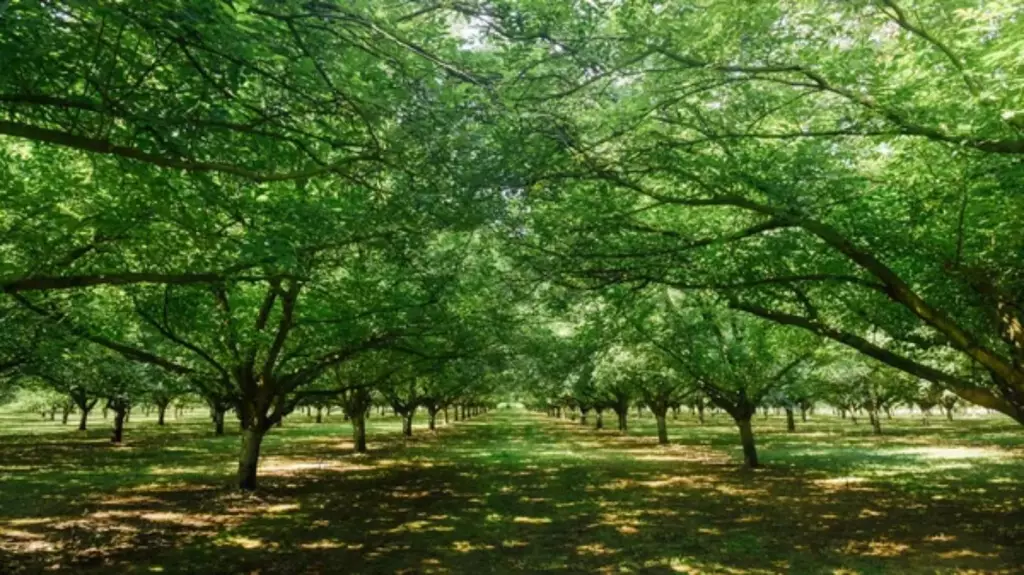
Choosing fast-growing nut trees for your land offers several advantages to the environment, your income, and your property. Its benefits include the following:
-
Firstly, they are an excellent choice if you are looking to maximize your investment returns. Since these trees mature quickly, you'll see a fruit and nut yield in a shorter amount of time compared to slower-growing varieties.
-
Additionally, these trees often have a higher yield of nuts, which means you’ll have more nuts for sale or for personal consumption. The increased supply can help you generate income faster or provide a steady source of nutritious snacks for your family.
-
Fast-growing nut trees also offer benefits for wildlife. If you plant these trees on your land, they can attract various species, creating a vibrant ecosystem that fosters biodiversity. Nut trees provide tasty nuts to local animals such as chipmunks and raccoons. They serve as a valuable food source during the fall and winter months.
-
Besides creating habitats for wildlife, these trees can also directly benefit livestock. If you raise chickens, pigs, or other small animals, you may want to use nuts as a supplementary food source, providing valuable nutrients and reducing your reliance on commercial feeds.
-
Fast-growing nut trees will require less maintenance and care, so they can save you time and effort in terms of pruning, fertilizing, and pest control. It also saves you money.
-
They can help improve soil quality and, thus, prevent soil erosion. They can also help reduce carbon dioxide levels and improve air quality.
-
Economically, these trees can increase the value of your property and give you a long-term investment opportunity.


